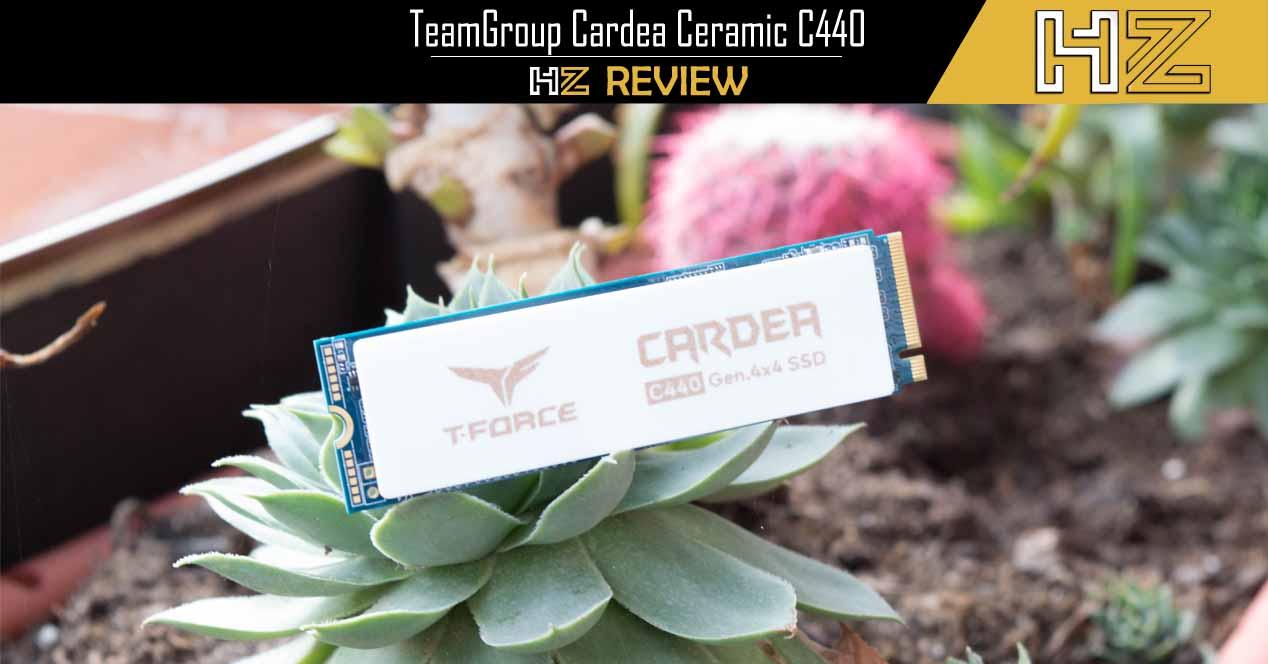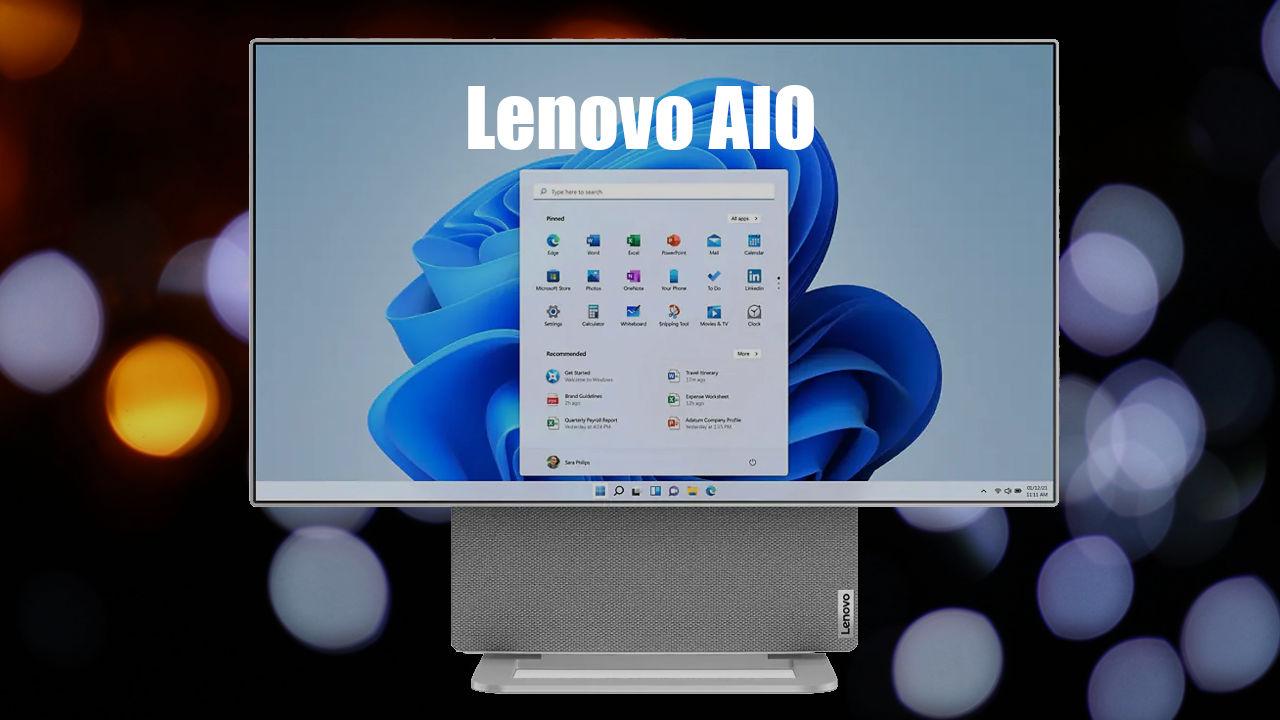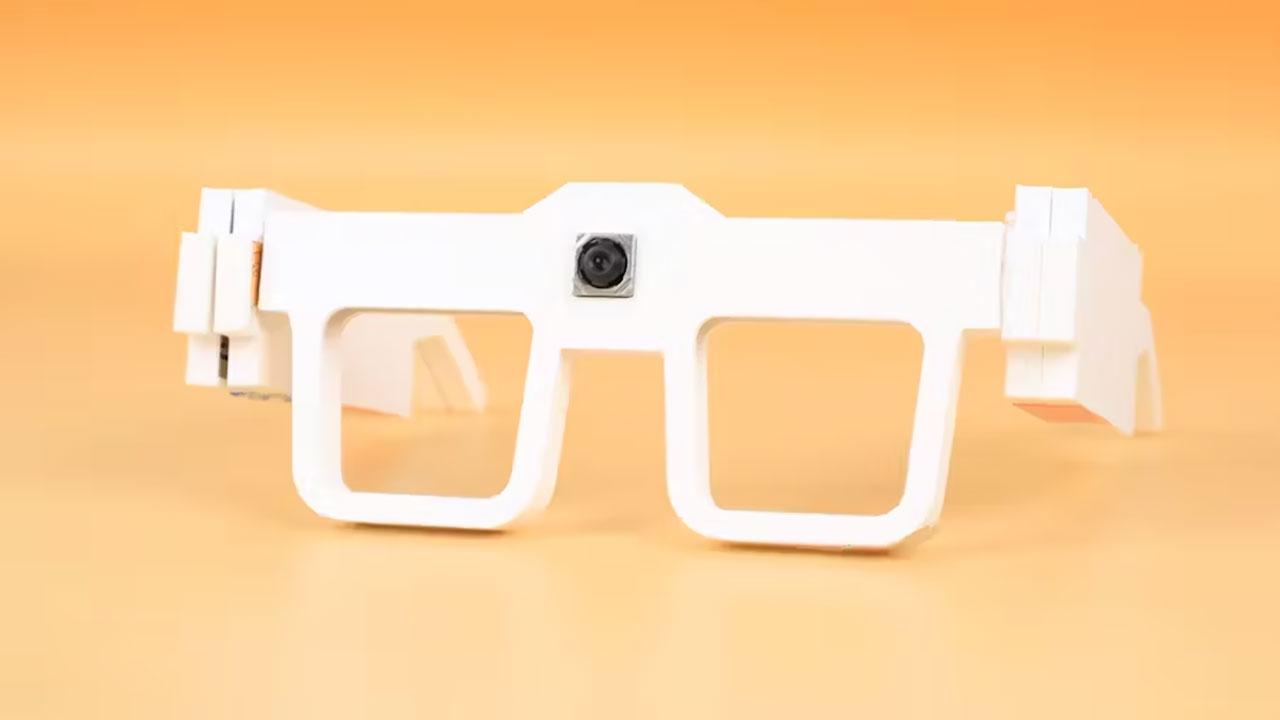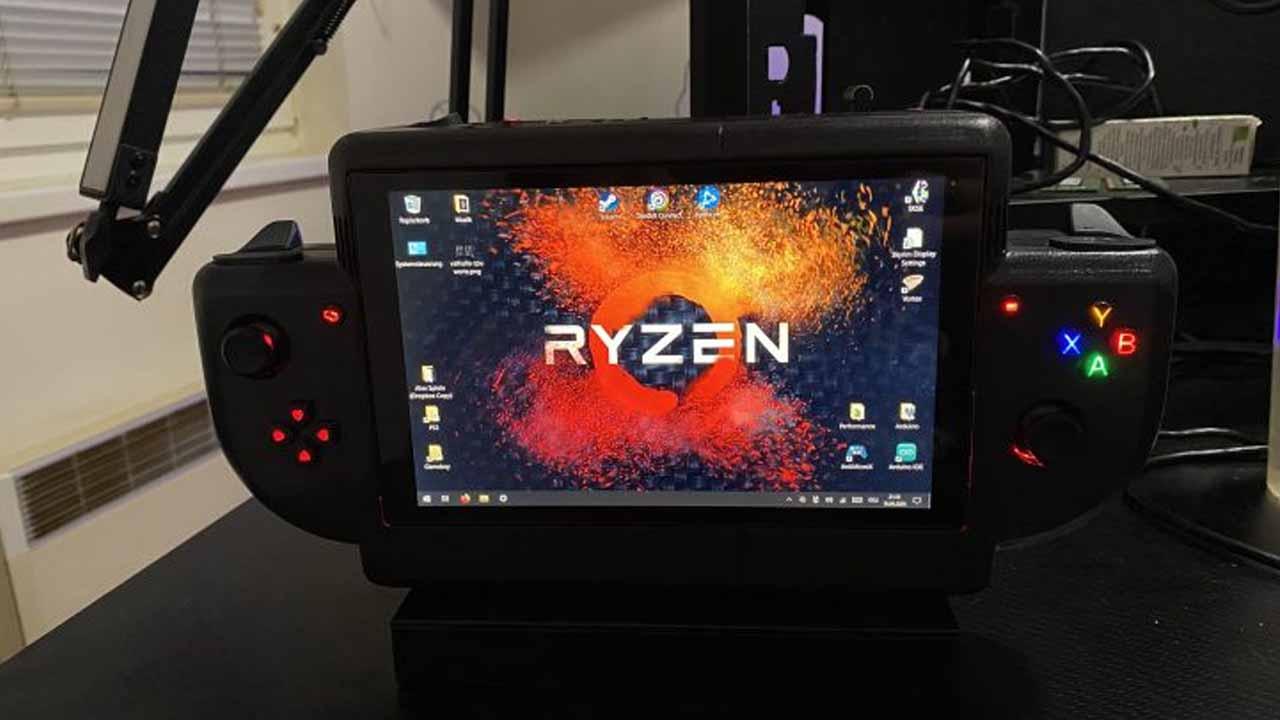Index
Technical specifications of the TeamGroup Cardea Ceramic C440
| TeamGroup Cardea Ceramic C440 | |
|---|---|
| Form factor | M.2 2280 |
| Interface | PCIe 4.0 x4 NVMe 1.3 |
| Capabilities | 1 and 2 TB |
| Controller | Phiso E16 |
| NAND type | Capas Kioxia TLC 96 |
| Support | CLEVER REDUCE NCQ DevSleep Garbage collection |
| Encryption | 256-bit XTS-AES |
| Sequential reading | 5,000 MB / s |
| Sequential writing | 4,400 MB / s |
| Shuffle playback | 750,000 IOPS |
| Random writing | 750,000 IOPS |
| Durability | 1,800 TBW |
| Consumption | 0.003 W at idle 0.2 W on average 2.1W maximum reading 7 W max write |
| Operating temperature | 0 to 70 ºC |
| Dimensions | 80mm x 22mm x 3.5mm |
| Weight | 10 grams |
| guarantee | 5 years |
The model we are going to analyze today is the capacity of 1TB, although the other model (2TB) has the same characteristics in terms of performance. This standard M.2 2280 format SSD uses an interface PCI-Express 4.0 x4 with NVMe 1.3 protocol and is driven by a Phison E16 controller that promises performance up to 5,000 MB / s read and 4,400 MB / s write, with 750K IOPS random read and write.
TeamGroup Cardea Ceramic C440 mounts chips 3D NAND TLC of 96 capas manufactured by KIOXIA and have a durability of 1,800 TBW for this 1TB model and double for the 2TB capacity model. Both models come with a 5 year manufacturer warranty, which means we could write almost 1TB per day every day for 5 years until its durability is exhausted. Even the writing 100 GB per day every day for 50 years, the SSD would still have life, so it’s a device that in all likelihood will continue to perform well when you decide to remove the rest of your hardware.
Also note that the device has DDR4 DRAM for the cache, and is of course distinguished by the ceramic heatsink that TeamGroup installed to keep chips at good temperature at all times, low profile so as not to limit its compatibility as happens with other SSDs that mount large heatsinks.
External analysis
The TeamGroup Cardea Ceramic C440 comes packaged in a plastic blister pack wrapped in flexible cardboard packaging which, unfortunately, must be broken before the device can be removed. On the front side we can see the SSD behind the clear plastic and the manufacturer only highlights the name, model, interface and nothing else.
On the opposite side we find a description of the product accompanied by a summary of its technical characteristics, as well as a brief installation guide. We also have the mandatory product identification label.
There are no additional instructions or accessories beyond the device, so here you can see the TeamGroup Cardea Ceramic C440 SSD already out of the box. On the upper side we find the white ceramic radiator with the T-Force logo and the model in copper letters.
On the back, there is a simple tag covering the chips, showing the make, model, serial number and more. As you can see the PCB is blue which doesn’t affect anything either, but if it had been black it would have been aesthetically better.
The device is low profile, which means we should have no problem installing it on any device that has a compatible M.2 socket, including laptops and small PCs. The ceramic radiator is “glued” with thermal pads.


TeamGroup Cardea Ceramic C440’s Performances
To test the performance of this device, we used an AMD benchmark, as there is currently no supported Intel platform that can take full advantage of its PCIe 4.0 interface. The operating system used is Windows 10 Pro v1903 with all updates installed.
- AMD Ryzen 5 3600X
- Gigabyte X570 Aorus Master
- 2 × 8 GB ARGB TeamGroup XTREEM 3,200 MHz
- TeamGroup Cardea II TUF 1TB SSD as system SSD
- Sapphire Pulse Radeon RX 5500 XT
- Be quiet! Dark Power Pro 12 1200W
As usual, we start the test by copying a large file from one SSD to another, although it must be taken into account that the system SSD in this case is PCIe 3.0.
The performance is excellent and also stable. Keep in mind that the source SSD is PCIe 3.0 and th at is why its maximum capacity is not listed here.
Cardea Ceramic C440 SSD Temperature
Before we start the synthetic performance tests, let’s see what the operating temperature of the SSD is, as many SSDs of this format suffer from thermal trottling, a protective mechanism by which, when a certain temperature is reached, the performance of the SSD is reached. device decrease. to preserve its integrity. With the ceramic heatsink of this device this should not happen but we have to check it, so the following graph shows the temperature measured both at rest (Idle) and under maximum load for 30 minutes (Load).
The SSD effectively stays at optimum temperatures during all testing, and in fact does not exceed 54 ° C in a 24 ° C environment, so it does not come close to applying thermal limiting.
CrystalDisk Details
This software gives us all the information about the device.
Here we can see that the 1TB TeamGroup Cardea Ceramic C440 uses a PCIe 4.0 x4 interface, so we can be sure that it will give us its full potential when we start with the benchmarks.
Brand CrystalDisk
It is in this benchmark that the manufacturer promises us that the SSD should reach 5000 MB / s in reading and 4400 MB / s in writing. Here, the performance of SSD is measured both with large files in sequential mode and in random mode with 4K files.
We see that the performance data offered in CrystalDisk Mark are, in fact, very close to what the manufacturer has promised (the manufacturer’s data are always with high-end equipment and in optimal conditions that users can hardly obtain, but in this case were taken on a test bench which could perfectly correspond to a user PC).
AS SSD benchmark
Similar to CrystalDisk Mark, this benchmark shows us sequential and random read and write speed, but using other algorithms. Additionally, it measures access times and assigns the unit an arbitrary score based on its performance.
The performance here has dropped significantly compared to the CrystalDisk Mark, so we checked the temperatures and no, there was no problem. It is quite simply the result, which is still very good.
AS SSD includes two additional benchmarks, so we’ll be using them as well. In this first image, you can see the SSD copy performance both with ISO and with program and game.
In this test, the transfer times and prices are excellent.
In addition, this other benchmark shows us how the device behaves with uncompressible files, which many SSDs have performance issues with.
It is curious that in this test, over time, the performance gradually improves. Of course, in terms of writing, the SSD is a bit lacking and experiencing notable drops, but never falling below 2000MB / s.
ATTO Disk benchmark
With this test, we are going to see how SSD works using different file sizes ranging from 512 bytes to 8KB. Most SSDs handle small files quite poorly and their performance drops dramatically when forced to handle them, so let’s see how this Cardea Ceramic C440 works here.
Here we get a result that we have never seen before, and so we repeat the test three times always getting the same result. It seems that the TeamGroup Cardea Ceramic C440 has rather erratic performance depending on the file size, since its maximum performance is achieved with 64KB files but the write performance is low and quite enough.
Benchmark Anvil
This benchmark shows us a lot of data about SSD performance including its sequential and random read and write speed, response time, and IOPS. On top of that, it also gives you an arbitrary score at the end.
The result obtained here again differs a lot from what the manufacturer has promised, at least in terms of IOPS, being well below what it should. Even so, the performance gives an excellent result in all tests.
TeamGroup Cardea Ceramic C440 Verdict
The TeamGroup Cardea Ceramic C440 SSD represents the longest-lived solid-state device on the market, and to put it mildly. With 1800 TBW in this 1TB model that we analyzed, we will have SSDs for several decades without exaggerating, as long as we give it normal use (and even if we have aggressive use, it will last us many years without going overboard. problem). In addition, its low profile ceramic heat sink keeps it at a good temperature at all times and allows great compatibility, as its size does not affect other components.
In terms of performance, the SSD performs well, although it is true that we have seen irregular performance depending on the size of the files it processes. In general, it is true that this is not an SSD that is among the top of the range, but with its durability and performance combined at a fairly reasonable price, this makes it a safe bet for users looking for above all a reliable SSD.
Therefore, we believe this TeamGroup SSD deserves our Gold Award, as well as our recommendation for both design and performance.
Table of Contents





















